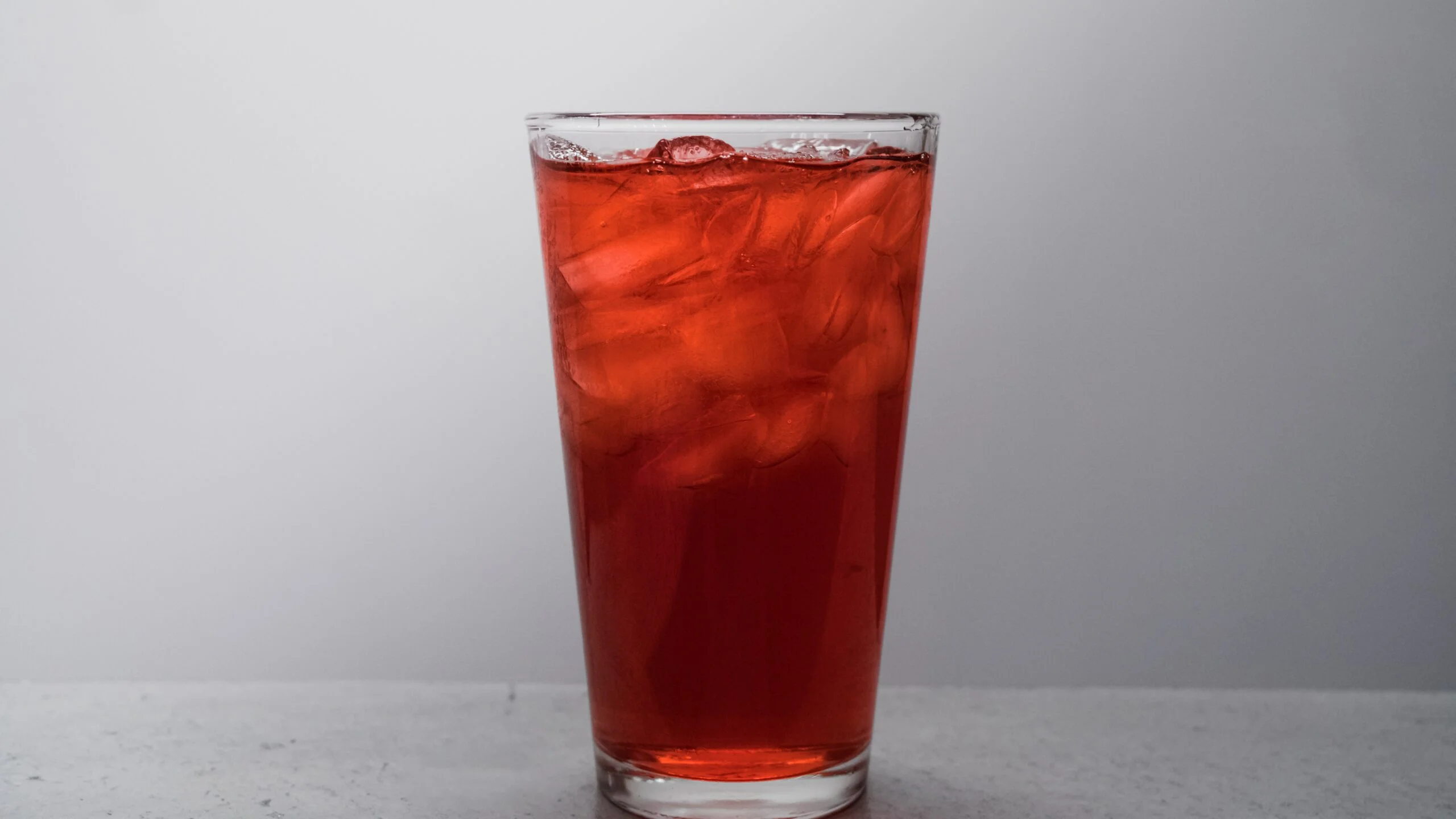A day at the beach with the kids offers good summer fun. Just remember that overexposure to the sun can increase a child’s chances of joining the 1 million Americans affected by skin cancer annually. Because children spend most of their time outdoors, especially in the summer months, 60 to 80 percent of sun exposure happens before the age of 18.
While it’s vital to protect children from the sun, it’s equally as important to teach children the dangers of sun overexposure. Research shows that two or more blistering, severe sunburns as a child can increase the chances of skin cancer years later as an adult. Therefore, teach children early on about the dangers of sunburns and the importance of year-round sun protection.
Perhaps you’re thinking: The abundance of sunscreen products available, from blocks to lotions to sprays, makes selecting the right product for your child’s skin confusing— and pricey. And sunscreen should not be the only component to practicing sun safety. Sunscreen is just one piece of the sun protection puzzle. Hats, T-shirts and sunglasses should also be worn to provide maximum protection from the sun’s damaging rays.
For starters, tailor a child’s sun protection plan to his age, skin type and duration of outdoor activity. However, a few components should remain consistent, such as using sunscreen with a broad-spectrum sun protection factor (SPF) that protects from both ultraviolet A (UVA) and ultraviolet B (UVB) rays. Also, use and reapply at least an ounce (equal to one shot glass) of sunscreen, especially after swimming and sweating, and avoid the sun during peak hours of intensity, from 10am to 3pm.
Following is insight on customizing sun protection for babies as well as kids ages 1 year and older. Heed the advice, and your family will be set to have fun— and stay safe— for the sunny days ahead.
Sun Protection for Babies
All children under 1 year old have special sun protection requirements. Due to babies’ thin skin and skin sensitivity, parents should refrain from using sunscreens on babies; such lotions are easily absorbed into a baby’s skin and can cause health problems. In addition, a baby younger than age 1 should never be in direct sunlight.
Here are other steps parents can take to keep their babies safe in the sun.
- Protect babies from harmful UV rays by using a stroller canopy or an umbrella that contains a SPF of 50 or higher.
- Visit shaded parks rather than open beaches.
- Dress babies in lightweight loose clothing that covers the entire body. Even if your baby has a full head of hair, add a brimmed hat to every outdoor outfit to protect baby’s head, ears and face.
- If your baby gets sunburned, treat it as an emergency and contact your local physician immediately.
Protection for Kids Older Than 1 Year
To keep children older than 1 year sunburn-free while playing outdoors, parents should follow these basic guidelines.
- Always choose a sunscreen to fit the child’s skin type: A gel-based sunscreen tends to have a drying effect and may be better for oily skin, whereas for skin that is prone to dryness, a cream-based sunscreen is hydrating. Also, darker skin tones have more natural protection and don’t tend to burn as easily as lighter skin tones. However, for every skin tone, it’s important to stay well-covered during prolonged outdoor activities, and it’s even possible to get burned while riding in a car. Fair skin types should use a higher SPF daily and reapply every few hours.
- Choose a sunscreen with at least SPF 15. Contrary to popular belief, doubling the SPF doesn’t double the protection. Instead, it may only block 93 percent of UVB rays as compared to 97 percent.
- Sunscreen for children should protect against UVA and UVB rays and should be waterproof.
- Apply sunscreen at least 30 minutes prior to sun exposure, and be sure to cover all exposed areas, particularly the face, nose, ears, hands and backs of knees.
- Apply sunscreen before dressing, and don’t rely on a cotton T-shirt for sun protection. Cotton T-shirts provide the equivalent protection of SPF 6, which is below the recommended limit. Even worse, when T-shirts are worn wet, the protection decreases to SPF 3, allowing dangerous UV rays to penetrate through the shirt to the skin.
- Buy your child sunglasses that protect 100 percent against UV rays.
- Reapply all sunscreens every two hours, and increase the applications if children are sweating or swimming.
- If a child becomes sunburned, contact your pediatrician immediately and keep your child out of direct sunlight until the sunburn has healed.




